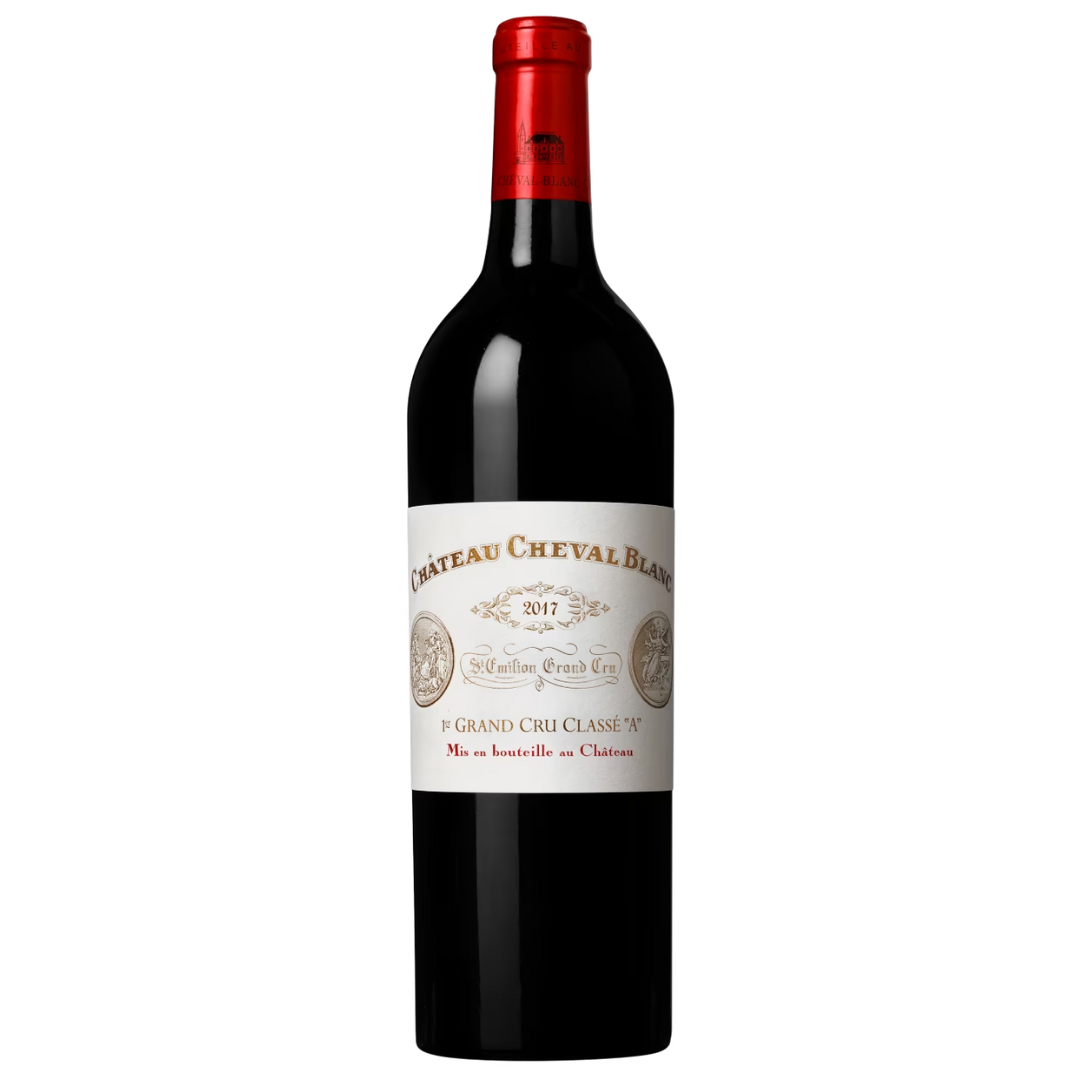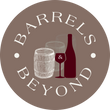Chateau Cheval Blanc Saint-Emilion Premiere Grand Cru Classe (A) 2017
Chateau Cheval Blanc Saint-Emilion Premiere Grand Cru Classe (A) 2017
Chateau Cheval Blanc
Note: Confirmation of product price and availability occur upon the receipt of your order. In case of changes in price, we will provide you with the following options: 1) proceed with the order based on the updated price, 2) replace your item with another product or 3) cancel your order.
Couldn't load pickup availability

Château Cheval Blanc
This unrivalled vintage is very atypical due to the frost of April. Cabernet Sauvignon then strongly advances in the final blend. Thus, it appears as an unmissable vintage which quality rewards the haute couture work of the wine-growers of the domain.
Weather conditions and vine’s growing cycle
TEMPERATURES AND RAINFALL
The biggest impact on the vintage was the frost in April. This vintage was indelibly impacted by the sudden frost which affected Europe’s vineyards during the last 10 days of April. In Bordeaux, the extremely low temperatures during the night of 26-27 April caused most of the damage. The last time Bordeaux was affected by such an intense frost was in 1991. Thanks to its location, only 30% of Cheval Blanc’s vineyards were affected. Unfortunately, the same cannot be said for the majority of the vineyards in the Gironde. Following the trauma of this event, the team at the property acted fast to deal with the affected areas. Each of the frozen vines was marked and pruned for a second time to encourage the growth of a second batch of grapes. These efforts were rewarded by exceptional weather during the summer and up until the end of the harvest. Most of these second batches of grapes reached perfect maturation and were used in the blends of Cheval Blanc and Petit Cheval. A great relief for the teams in the vineyards who had worked meticulously throughout the growing cycle. After a dry January, the weather in February and March was normal. April was another extremely dry month followed by very wet months in May and June (205 mm). Apart from the frost in April, temperatures were normal for the season. July and August were fairly dry with moderate temperatures whilst average rainfall in September helped the grapes to mature perfectly. The harvest was finished in October in glorious weather.
WATER BALANCE
The water regime throughout the season had a positive impact on the quality of the grapes. The heavy rainfall in June built sufficient reserves for the vegetation to flourish during the dry months of July and August. More than usual rainfall in September enabled the ripening process to progress whilst a dry month of October provided ideal conditions for the grapes to reach perfect maturity. Although to a lesser degree than in 2013, 2014 and 2016, by 30 June the vintage was declared a wet one thanks to the heavy rainfall in May and June which followed the dry month of April. But, following the wet start in the growth cycle, July and August were very dry and the 2017 vintage proved to be a very dry one. By 31 August, 2017 was recorded as the sixth driest vintage since 1952, keeping company with vintages such as 1989, 1990, 1995 and 2010. By 30 September, 2017 was placed in 12th position ranked along with 2016, 1986 and 1998. Normal weather conditions in September helped the grapes to reach maturity by the middle of October, in very dry conditions. All three ‘terroirs’ at Cheval Blanc responded well to this water regime and it had a lot less negative impact upon the gravel soils than was the case in 2016. The water regime in the summer and at the end of the season helped the second batches of grapes from the plots affected by frost to mature properly.
GROWING SEASON
The bud burst was relatively early; 3 April for the Merlot and 7 April for the Cabernet. Mid flowering was recorded on 25 May for the Merlot and 27 May for the Cabernet. Despite heavy rainfall, the flowering was healthy and homogenous throughout. The ripening period was between 23 and 30 July depending upon the grape variety. The extremely dry summer prevented the vines from growing too quickly. The harvest spanned over a long period between 6 September and 11 October. The dry summer and the clement weather at the end of the season helped the second batches of grapes to mature perfectly too. The vineyards were in good health. The yields at the domain were lower than usual at 21 hectolitres/hectare, due to the frost.
Tasting

Want a discount?
Become a Member!Note: Images may not necessarily reflect actual product, but we assure you that all products are authentic and in good condition. Please contact us if you require actual photo(s).

